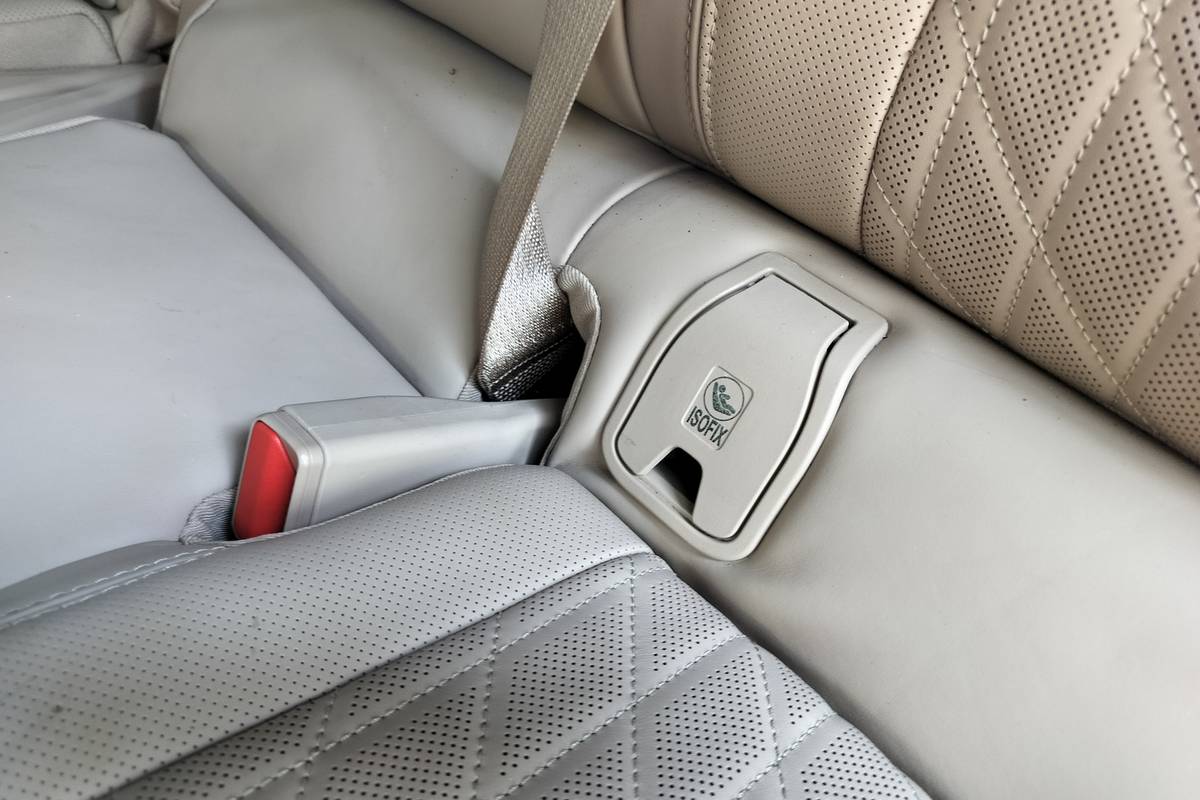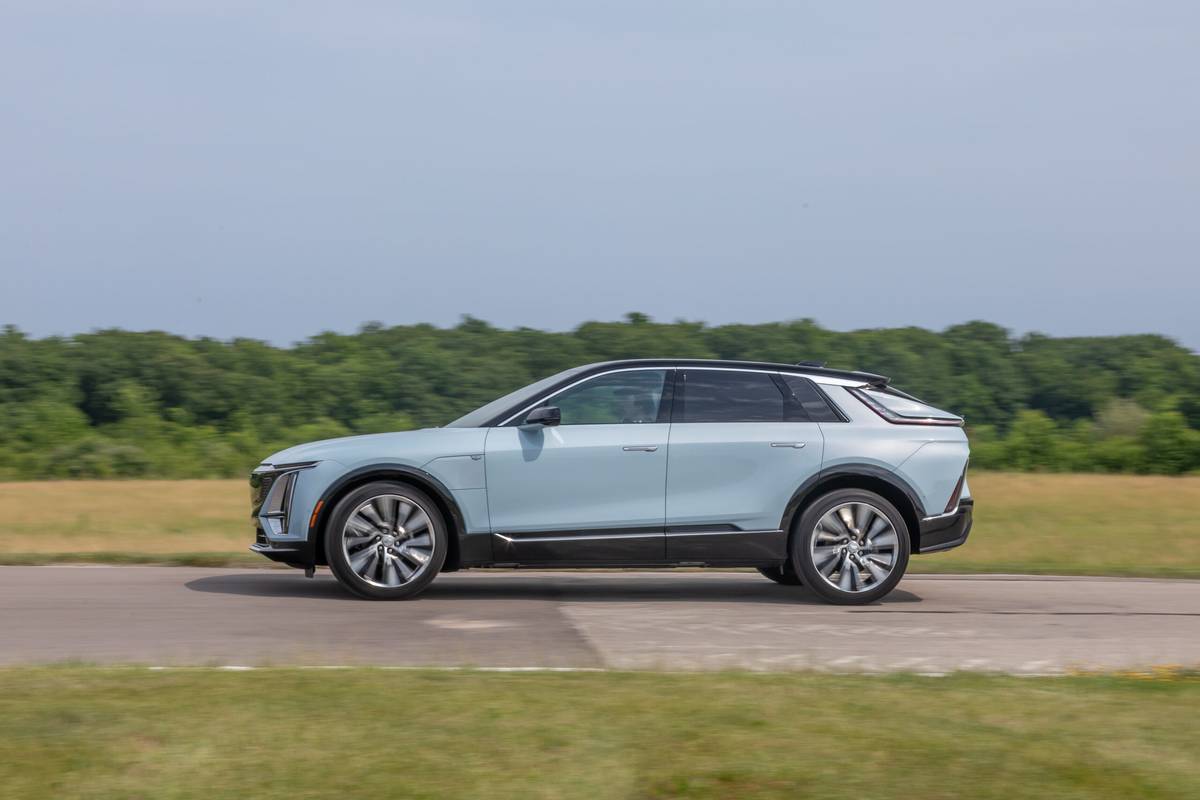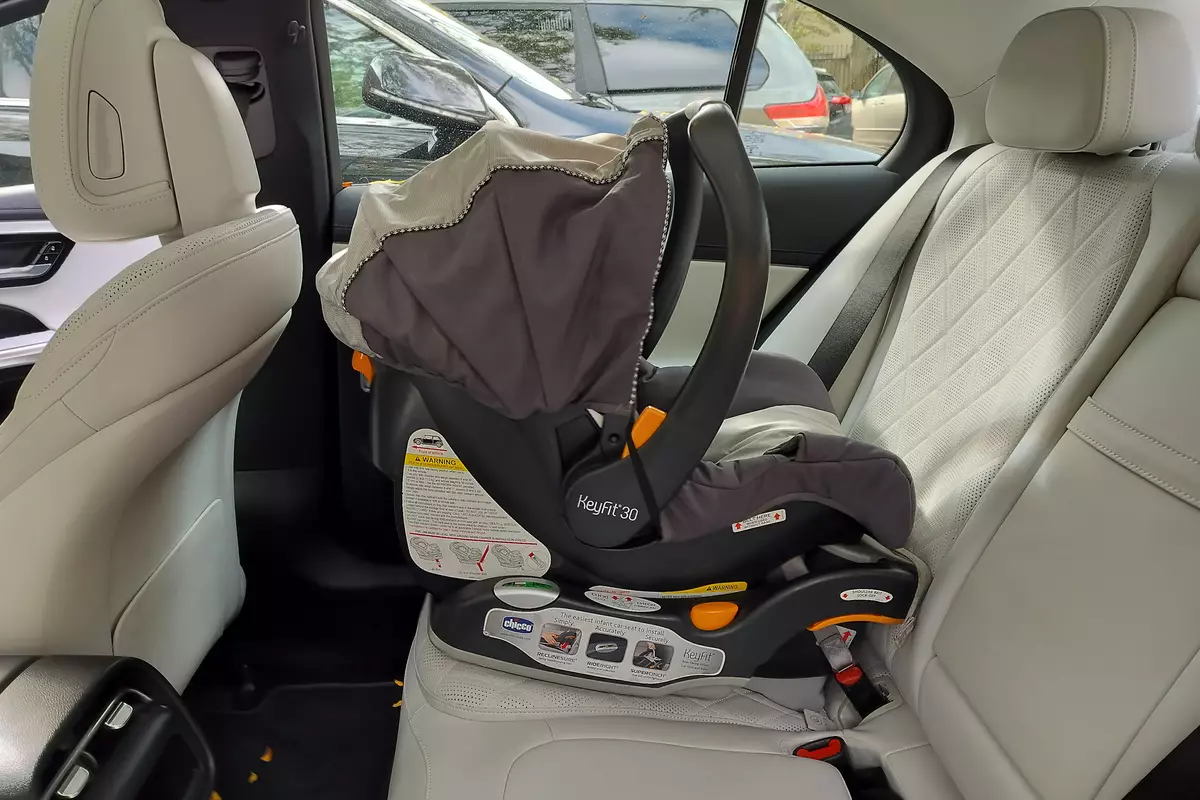chicagotribune.com's view
The VIII might not be the noblest Roman numeral of them all at Ford Motor Co., but it certainly is the quickest, best-performing, most comfortable Lincoln to carry the unique numbering system since the Mark I appeared in 1940.
Roughly two years ago Ford Motor Co. invited a handful of auto writers to Dearborn, Mich., for a sneak peek at what was to become the Mark VIII. To say that the reaction was cool was an understatement. Each of us viewing the prototype quickly determined that the car was all nose with a shiny grille and that consumers who saw the production model would immediately fall in love or develop stomach cramps.
The last car to elicit such a reaction was the bustle-back Cadillac Seville from the early `80s, which looked like it was designed by a stylist who, after he was done molding the clay, realized he forgot a trunk, so he threw one on.
We now recall that as each writer surveyed the Lincoln on display at Ford`s design dome, Ford officials kept circulating to assure the onlookers, “You`ll get used to it.“
Well, the 1993 Mark VIII that will go on sale Dec. 26 is considerably more attractive than that prototype. And now we understand why we kept getting “You`ll get used to it“ whispered in our ears. Two more years of seeing the rounded aerodynamic look on domestic and Japanese cars helped prepare us for the day the Mark prototype emerged as a production model. The Mark VIII evolved from caterpillar to butterfly.
Had that prototype been unveiled to the public two years ago, the Roman numerals may have stopped at VII at Ford. Today the look fits in with the industry wide design philosophy of rounded corners and smooth, wind-resistant shapes.
One remnant of the past lives on in the new car, however, the little spare-tire bulge in the deck lid. It`s what makes the Mark a Mark when viewed a mile away. Nice touch, and a tip of the hat to Ford design honcho Jack Telnack.
With the new design came new dimensions. The Mark VIII is built on a 113- inch wheelbase, same as the Thunderbird, and is 206.9 inches long. The wheelbase is 4.5 inches longer than the Mark VII`s, and the length is 4.1 inches greater. It`s 3.5 inches wider and 0.6 inches shorter.
The longer wheelbase means you sit farther from any point of impact and potential harshness with the road, for a smoother ride. Though the Mark VII was a bit stiff, the Mark VIII with its nitrogen shock absorbers and self- adjusting air suspension system that automatically adjusts when back seat or trunk are full, levels out bumps in the road. Yet you don`t suffer the feeling of floating on the pavement and having to hold onto the steering wheel to follow along wherever the car is taking you.
The Mark VIII comes close to the ride and handling of a Cadillac Eldorado Touring Coupe. The Cadillac might enjoy a slight edge in sitting flatter in hard cornering maneuvers than the Mark VIII, but both will hold their own with a Lexus or Infiniti, the $40,000-plus Japanese luxury competition.
About the only disappointment with the Mark VIII was taking a very tight turn on a mud-caked side road, a special handling-course hideaway we found in the city. Though equipped with optional traction control ($222), designed to maintain optimum traction by eliminating wheel slippage, the rear wheels started to dance before the computer sensors went to work to regain traction. Only a day earlier we took the same course in a Chrysler Concorde sedan with traction control and the rear wheels didn`t waiver.
The Mark VIII is powered by a 4.6-liter, 32-valve, 280-horsepower V-8 (4- liter, 250-horsepower V-8 in the Lexus, 4.6-liter, 290-horsepower V-8 in the Cadillac Touring Coupe) that flexes its muscle as soon as you tap the accelerator. Quick response with a touch of built-in growl. Allan Gilmour, president of Ford`s Automotive Group, said the growl was by desi n so owners were aware of the performance capabilities of the car.
“The original growl was even louder,“ Gilmour said.
Though the size of the 4.6 means most other cars on the road will have ample opportunity to check out the bulge on the Mark VIII`s deck lid, the fuel-economy rating is estimated at 18 m.p.g. city/25-m.p.g highway, 1 m.p.g. better city and highway than the 1992 Mark VII, though the 4.6 delivers 55 more horsepower than the `92`s 5-liter V-8.
The 4.6 is so lively and smooth the excitement is starting to build for 1994, when that engine is added to the Thunderbird.
On the safety front, the Mark VIII boasts driver- and passenger-side air bags as standard along with four-wheel anti-lock brakes and, as noted above, optional traction control. For $222, Ford should have thrown traction control in as standard.
The Mark VIII interior reminded us of a Cadillac Allante, which also is loaded with buttons and dials. But the VIII`s are functional and easy to see and use.
We especially liked the driver information center on the top of the dash and its buttons that flashed messages on the screen to assure the motorist that voltage, engine temperature, engine oil and coolant were A-OK and that the doors and trunk lid were closed and the fuel in the tank would transport us 245 miles before a pit stop. You also get a compass reading to let you know whether you are traveling north, south, east or west or one of the many variants.
The interior layout of the Mark VIII is similar to that of the new Chrysler LH sedans in that the dash runs into the door panels in a saucer-like circular fashion. That styling gimmick makes the interior appear very spacious.
Noteworthy touches inside include placing the fuel filler door and deck lid release buttons along the bottom of the driver`s armrest, a much better location than on the floor as in so many cars in which you have to reach and guess whether you`re opening the gas tank or the trunk.
Also, we appreciated the digital climate-control gauge for a quick and accurate reading of interior temperature along with a button that could be pushed for an outside reading; the handy location of the rear defroster button on the dash where you would find the ashtray; and, of course, the engineers` wisdom in putting a single cupholder in the center console. We would have preferred a dual cupholder, but then, that leaves something to shoot for in the Mark IX.
As we said earlier, however, the Mark VIII isn`t the noblest Roman numeral at Ford. The car has some flaws and irritations. For starters, the power-window controls on the driver armrest are the same size for the driver and passenger side. Reach down to open the driver`s window and you motor down the passenger`s. The driver`s button needs to be different from the passenger`s side for identification by touch.
Then, too, the driver`s-side outside mirr or is not wide enough. More than once when getting ready to move into the passing lane we looked in the mirror, saw nothing, then turned our head to see a car in the adjoining lane. Ford could correct this with a wide mirror or by placing the mirror a shade farther from the car body to increase the side view.
Finally, the Mark VIII is a two-door coupe, so those who slip into the back seat have to maneuver around or over the seat belt. Ford said it has made that chore a bit easier. Push forward the front seat back and the seat motors forward to allow easier entry in back. Nice touch, if it worked. We tried several times without success. Once in the back seat, you feel a bit shorted on head room. The firm leather seats have little give. With a softer leather and cushion, you`d sink an inch and pick up the extra inch of headroom.
The base price of the Mark VIII is $36,640. Standard equipment falls under the you-name-it category. The Mark VIII offers automatic limate control, remote keyless entry with a key-fob activator to lock or unlock doors and deck lid, dual remo te heated outside mirrors and AM-FM stereo.
Options are few, with traction control, power moonroof ($1,550) and voice-activated phone ($706) the most noteworthy.
Lincoln-Mercury has a convertible version in the works (a Mark VIII concept convertible made last year`s auto show circuit), though it may be at least a year before it`s offered in production.
Latest news



